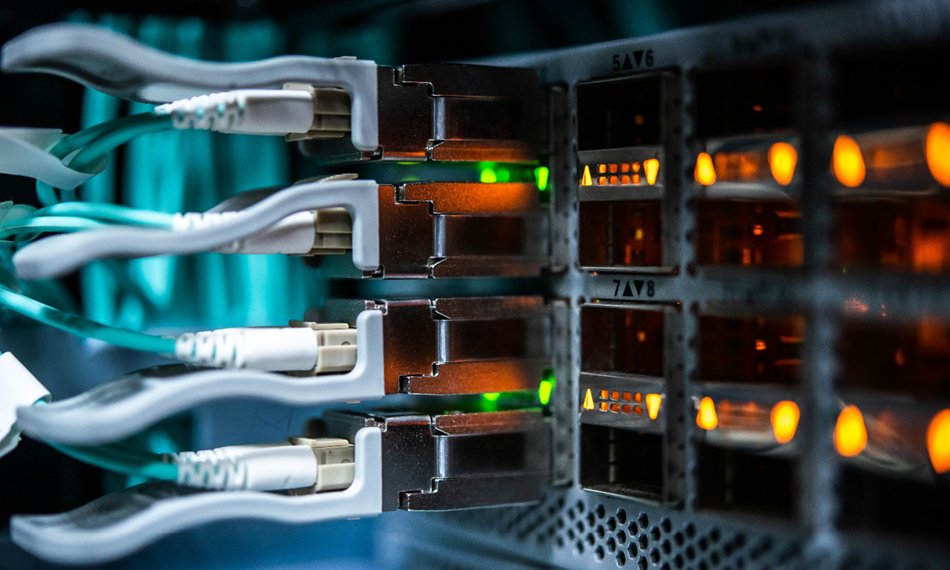
In 2025, the rise of artificial intelligence has put unprecedented pressure on data center networks. As AI models grow—surpassing 1 trillion parameters—the infrastructure enabling communication between servers, chips, and racks must evolve dramatically. This is where Data Center Interconnects (DCI) come in, transforming to meet the demands of the AI era.
The AI-Driven Surge in Network Demand
AI workloads—especially training large language models and running multimodal inference—generate massive amounts of data flowing constantly between chips. A recent survey revealed that over half of data center operators expect AI workloads to surpass traditional cloud or big data traffic within a few years. This shift is straining legacy copper links and forcing a pivot to optical technologies.
Analysts expect the DCI market to exceed $40 billion in 2025, growing at a double-digit pace year-over-year. The reason is clear: traditional infrastructure cannot keep up with the data explosion driven by generative AI, reinforcement learning, and real-time inference.
Optical Interconnects: The Core of Modern DCI
Copper is fast reaching its limits. At speeds like 200 Gbps, copper cables lose a significant portion of signal strength over very short distances—turning much of the signal into heat. In contrast, optical fiber maintains integrity over kilometers, is far more energy-efficient, and supports significantly higher bandwidth.
Technologies like silicon photonics and coherent optics are now mainstream. Data center operators deploy multi-mode fiber inside racks and single-mode fiber with Dense Wavelength Division Multiplexing (DWDM) between racks and facilities. Innovations such as co-packaged optics are moving optics even closer to the ASICs, minimizing latency, reducing power use, and lowering operational costs.
Networking Chips for the AI Age
Networking hardware has evolved to support the scale and performance requirements of AI workloads. New switch ASICs—some built on cutting-edge 5 nm processes—are now capable of ultra-high throughput and ultra-low latency. For example, the latest switch chips enable 102.4 Tbps bandwidth and support scale-up architectures that can connect tens of thousands of GPUs or AI accelerators.
Companies are pushing the boundaries further with co-packaged optics and advanced Ethernet fabrics that directly challenge proprietary interconnects like Nvidia’s NVLink. These advances aim to bring high performance at lower cost and power, essential for hyperscalers scaling up AI infrastructure.
Looking ahead, some firms are developing network switches embedding silicon photonics directly into ASICs. These could enable 1.6 Tbps per port and significantly reduce power consumption while improving reliability by eliminating separate optical transceivers.
AI Infrastructure Investment Boom
Major cloud and AI companies are investing heavily in new infrastructure. Tech giants are spending billions to build advanced data centers, often exceeding gigawatt-scale power capacity. These massive investments require not just powerful compute, but equally powerful interconnects.
As demand accelerates, entire ecosystems are forming around photonic hardware, cooling technologies, energy optimization, and high-density networking. The focus is shifting from just compute to end-to-end throughput and latency optimization.
Emerging Technologies and Future Trends
Several new developments are shaping the future of DCI:
-
Neuromorphic optical processors – These use brain-inspired architectures and photonic signals to achieve ultra-low latency and high energy efficiency. Recent research demonstrates 1.6 Tbps transmission with a fraction of the energy use and latency of traditional systems.
-
UCIe and chiplet fabrics – Standards like Universal Chiplet Interconnect Express (UCIe) and Compute Express Link (CXL) enable coherent, high-bandwidth communication between chiplets, enabling composable infrastructure and dynamic resource allocation.
-
Alternative interconnect media – New technologies like RF-over-plastic (“e-Tube”) offer potential cost-effective alternatives to copper and optics in short-reach interconnects.
These trends point to a tiered DCI hierarchy—chip-to-chip, rack-to-rack, and facility-to-facility—unified under a low-latency, scalable, energy-efficient network fabric.
SEO Insights and Strategic Relevance
For IT leaders, infrastructure architects, and data center operators, understanding modern DCI technologies is crucial to enabling scalable AI infrastructure. Strategic keywords for search optimization include:
-
AI data center interconnect technology
-
Silicon photonics in data centers
-
Co-packaged optics and switch ASICs
-
AI infrastructure and networking trends 2025
Combining technical insight with industry context allows organizations to stay ahead of infrastructure bottlenecks and make informed investment decisions.
Conclusion
The AI era is ushering in a radical transformation of data center networking. From silicon photonics to neuromorphic optics and advanced ASICs, data center interconnects are becoming the foundation for the next generation of compute. As enterprises and cloud providers invest in hyperscale AI clusters, DCI innovation will be essential to unlocking the full potential of artificial intelligence.


Leave a Reply